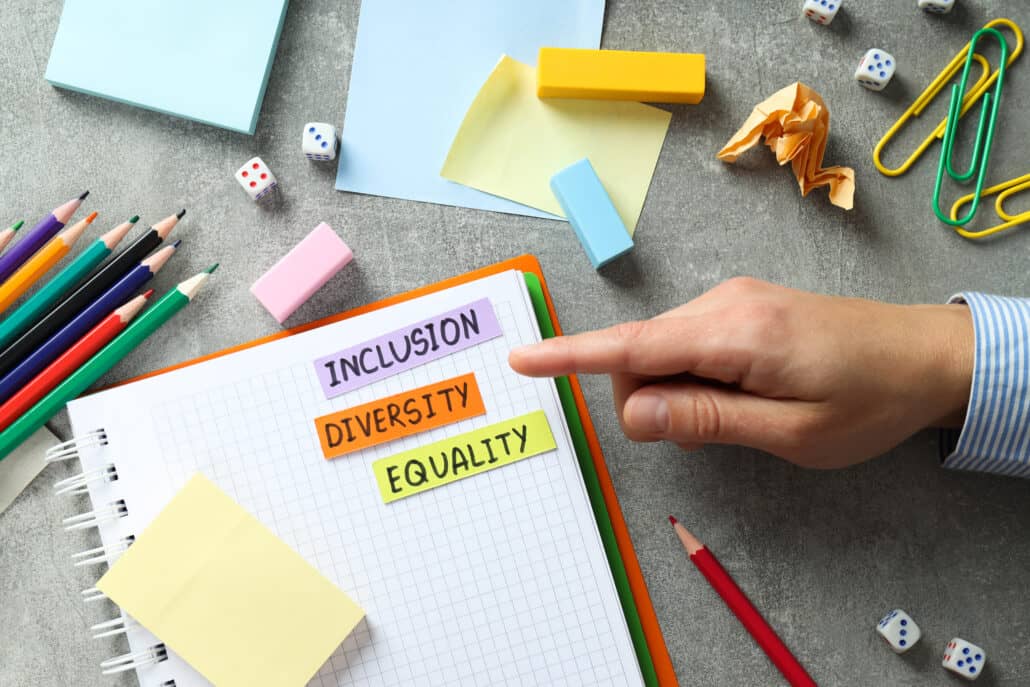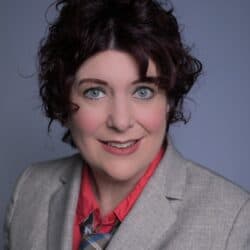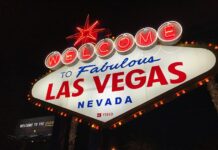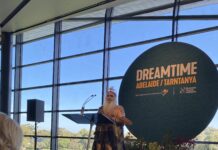
When it comes to speaker diversity at meetings industry events, we still have a long way to go.
There are signs that our industry associations are focusing more on speaker diversity than used to be the case. In fact, the industry has come a long way in representing a wide range of gender identities, races, ages and physical abilities.
A quick scan of three industry associations and their events shows a wide range of diversity in speaker selection. For example, the Professional Convention Management Association (PCMA)’s 2023 Convening Leaders, held in Columbus, Ohio in January, featured a wide range of speakers. However, areas for improvement remain industry-wide—especially in the case of the infamous “manel,” or all-male panel—such as one at CL2023 where moderator and former Hewlett-Packard CEO Carly Fiorina interviewed a panel of all-male sponsors.
The past president of the Society for Incentive Travel Excellence (SITE) and president and CEO of Italian incentive house and DMC Events In & Out, Annamaria Ruffini, CIS, CITP, CMP, decided to tackle the issue of the lack of women speakers for once and for all in 2020. Ruffini called for a boycott of meetings where the faculty is exclusively male and, under her leadership, an industry-wide team of women leaders in Italy—representing SITE Italy, MPI Italia Chapter, Federcongressi & Eventi and Convention Bureau Italia—joined forces to launch a “Manifesto” outlining key principles for the involvement and inclusion of women in meeting- and incentive-industry events.
For Meeting Professionals International (MPI)’s upcoming World Education Congress (WEC23) June 13–15 in the Mexican Caribbean, diversity is at the forefront. The organization even includes this statement on its home page: “MPI is dedicated to designing and hosting an inclusive World Education Congress. Together, we welcome our diverse audience and celebrate the differences among our members, participants and partners. With our similarities and our differences come great knowledge and a more diverse and powerful community. Help us continue to celebrate the uniqueness of our community by creating educational and networking spaces that are inherently safe for all learners and welcoming to thoughtful connectivity.”
In a quick skim of the event website, three out of four keynoters being female. Almost 70% of WEC23’s breakout session speakers are women, with a strong representation of non-white minorities as well as well-known proponents of Asian inclusivity.
But MPI is the first to say that we still have a way to go when it comes to diverse speaker lineups. Prevue recently caught up with Jessie States, CMP, vice president of the MPI Academy, to learn more.

Prevue: How can an organization go about deciding how diverse is diverse enough when it comes to its speaker lineup? Is there a general rule of thumb, or should it be based on the diversity of the audience base?
States: If you just base it on who’s coming to your event, you’re probably missing out because there may be some demographics of your audience that aren’t coming to events where they don’t see themselves reflected [in the speaker lineup]. One thing we’ve noticed as we have dedicated more effort and time on this is that the more diverse our stages get, the more diverse our audiences become. You really can’t put a cap on it.
Prevue: What process does MPI use to ensure that its speaker selection addresses all segments of the association’s population?
States: The first thing we realized was the lack of representation of diverse speakers was not the fault of our diverse community. It’s our fault for not finding them where they are. So our first task was to get out into the community more and find out how we could best share our message that we were looking for speakers with diverse experts. That meant activating our existing community members to share with their networks that we welcome more diverse speakers to apply in our submission process.
That means not relying on calls for proposal, but doing the legwork, getting out there and finding those diverse speakers. Initially that took some time, but once we started, it became self-perpetuating—once people see your speaker lineup is diversified, it gets easier to find new diverse speakers.
Prevue: How far do you think our industry has come in addressing speaker diversity?
States: We’re doing a lot better than we were, but this is a never-ending journey. There will always be different elements of diversity we want to invite to our tables and our stages—there is no end point.
Prevue: Any suggestions on how to get started in diversifying speaker lineups?
States: It all starts with conversations and relationships. Find members of diverse communities within your organization/membership/community and then reach out to them for recommendations. Another recommendation I would have is to not just invite diverse speakers to speak about diversity, equity and inclusion—don’t pigeonhole them. Find experts in every single one of your topics who represent diverse groups.
When you bring in voices that have not traditionally been heard at your organization’s events, you are going to have much deeper content and more robust conversations. Just as businesses that have diverse board of directors are more successful, so are events that have diverse speakers.
You May Also Be Interested In…
Asian Inclusivity at Meetings and Events
Black Speakers Collection Keeps Growing
Neu Project Aims to Make Events More Neurodiverse










